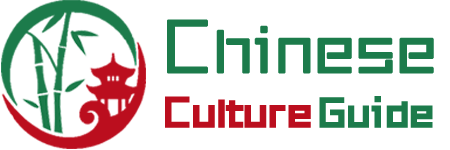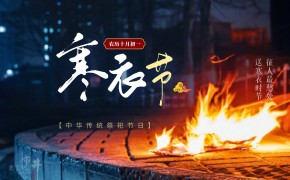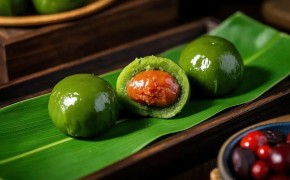The Shangsi Festival (上巳节), also known as the Double Third Festival (三月三), is one of China’s oldest traditional celebrations, observed on the third day of the third lunar month.
Rooted in over 2,000 years of history, this spring festival uniquely blends water purification rituals, poetic gatherings, and nature appreciation to welcome renewal and ward off misfortune. Though less widely celebrated today, its cultural spirit lives on in southern China and Southeast Asian communities.
Origins: From Ritual Cleansing to Spring Revelry
The festival traces back to Zhou Dynasty (1046–256 BCE) purification rites. Ancient Chinese believed that washing in rivers with aromatic herbs like orchids could cleanse the body and soul, expelling winter’s stagnation and disease. This practice, called fuxi(祓禊), evolved into a communal celebration by the Han Dynasty.
A captivating legend links Shangsi to Nüwa, the creator goddess in Chinese mythology. She molded animals on the first six days of the lunar month and humans on the third—making it “Human Day” or “Everyone’s Birthday”.
By the Tang Dynasty (618–907 CE), Shangsi had transformed into a joyous spring outing, immortalized in poet Du Fu’s line: “On the third day of the third month, the weather is fresh; by Chang’an’s waters, many beauties gather.”
Timeless Traditions: Water, Wine, and Wishes
Water-Side Cleansing (临水祓禊)
People gathered by rivers to bathe or sprinkle herb-infused water on hands, symbolizing a fresh start. Willow branches dipped in dew were used to lightly flick clothing, dispelling bad luck.
Floating Wine Cups (曲水流觞)
The most elegant Shangsi custom involved floating wine cups down winding streams. Guests seated along the bank would retrieve a cup and compose a poem—or drink if inspiration failed! This tradition peaked during the Lanting Gathering of 353 CE, where calligrapher Wang Xizhi penned the legendary Preface to the Poems Composed at the Orchid Pavilion.
Spring Outings & Nature Connection
Families wore new spring clothes, hiked hillsides, and picnicked among blossoms. Women braided colored threads into hair or wore sachets of mugwort and peony to repel insects and attract health.
Symbolic Foods
Five-Flower Rice (五花饭):
Glutinous rice dyed with natural juices from plants like gardenia and maple, representing blooming life.
Shepherd’s Purse (荠菜):
Eaten in soups or dumplings for its homophonic link to “gathering wealth” (jícài).
Dyed Eggs:
Hard-boiled eggs colored red or blue, shared as fertility symbols.
Cultural Significance: Love, Poetry, and Feminine Energy
Shangsi was historically a day of romance and freedom. Unmarried youths exchanged peonies or white orchids by riversides—echoing scenes from the Classic of Poetry’s Zhen and Weipoem. It also served as a ”Daughter’s Festival” (Nü’er Jie), when girls performed coming-of-age ceremonies and prayed for wisdom.
Modern Revival: Ethnic Celebrations & Cultural Legacy
While Shangsi faded in central China after the Song Dynasty, it thrives vibrantly among ethnic groups:
Zhuang people sing antiphonal love songs in Guangxi’s “Song Fairs.”
Li communities in Hainan dance bamboo pole dances and offer sacrifices to ancestors.
She minorities cook ”black rice” with antioxidant-rich leaf juice for longevity.
In recent years, cities like Xi’an and Hangzhou have revived Shangsi activities—river lantern releases, poetry contests, and herb-scented market stalls—reconnecting modern Chinese with their ecological and artistic roots.
The Shangsi Festival is more than a historical relic; it embodies China’s enduring harmony with nature and the human spirit’s renewal. As spring’s first breath awakens the land, Shangsi invites us to wash away the old and celebrate life’s poetic flow—one cup of wine, one wildflower, and one verse at a time.























There are no comments yet, come and comment~